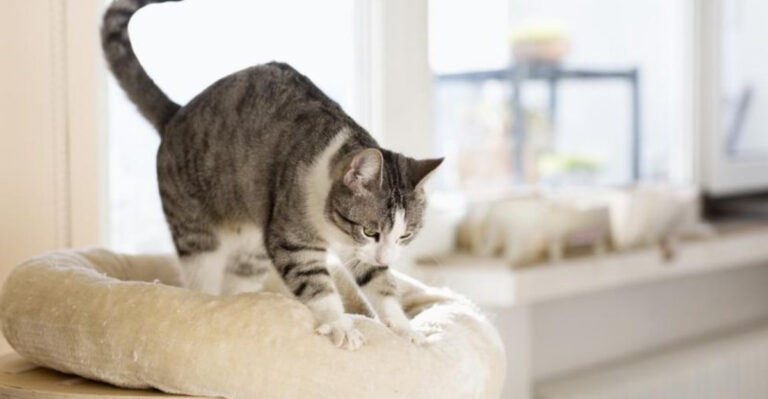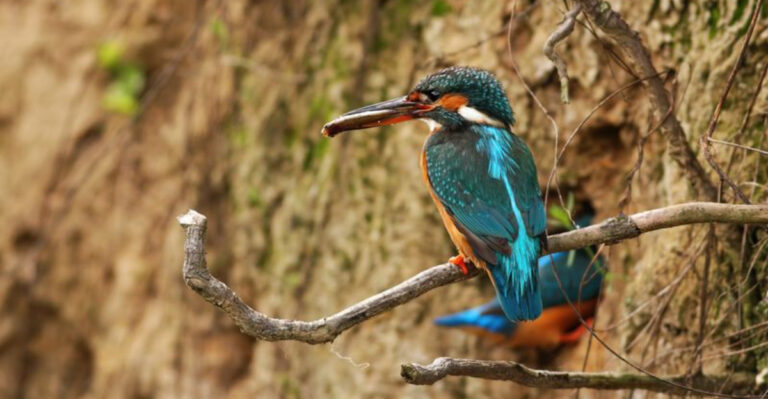7 Upsides And 7 Downsides Of Owning A Tiny Cat

Ever wondered what life with a pint-sized feline would be like? Miniature cats might look like adorable fuzzballs that fit in your palm, but there’s much more to these tiny companions than meets the eye.
Whether you’re considering a naturally small breed like a Singapura or a kitten that’s staying small, understanding both the joys and challenges will help you decide if a mini-meower is right for your home.
1. Space-Saving Snugglers

These compact companions require minimal living space compared to larger cats. A studio apartment becomes a sprawling mansion for your mini-meower! They need smaller beds, toys, and climbing trees.
Your tiny feline can comfortably perch on windowsills or bookshelves that would collapse under bigger cats. Perfect for apartment dwellers or those with limited square footage.
2. Budget-Friendly Food Bills
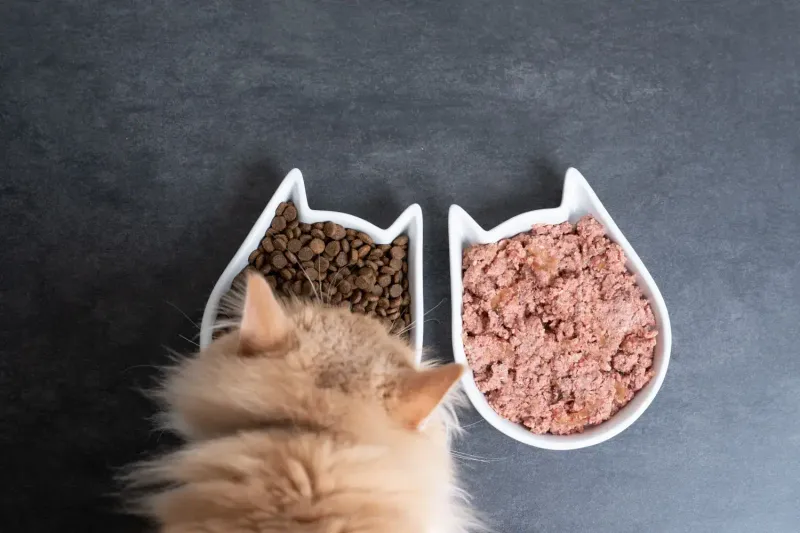
Smaller stomachs mean smaller portions! Your petite purrer consumes significantly less food than standard-sized cats. Monthly kibble costs drop dramatically when you’re feeding a pint-sized pet.
Many tiny cat owners report savings of 30-40% on food expenses. That adds up to hundreds of dollars annually that you can redirect toward premium nutrition or extra toys.
3. Less Destructive Power
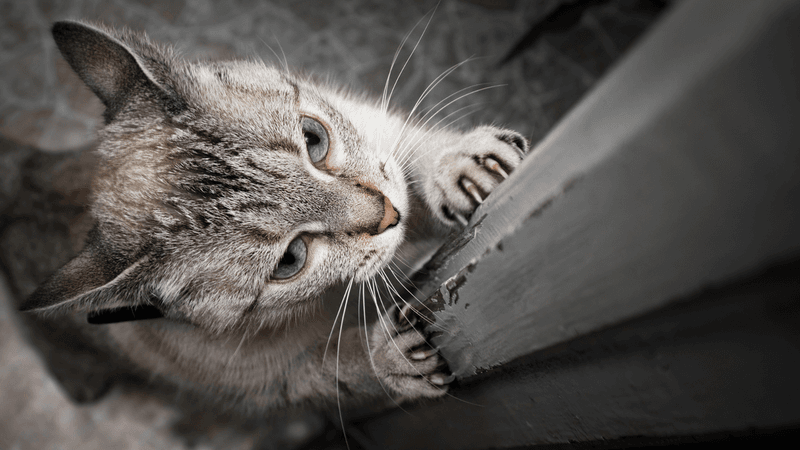
Smaller paws cause smaller problems! When your miniature mouser gets into mischief, the damage scale remains manageable. Knocked-over plants create smaller messes, and furniture scratches tend to be less severe.
Their lightweight bodies prevent them from toppling larger items. You’ll spend less time cleaning up after catastrophes and more time enjoying your pint-sized companion’s antics.
4. Portable Pals For Life
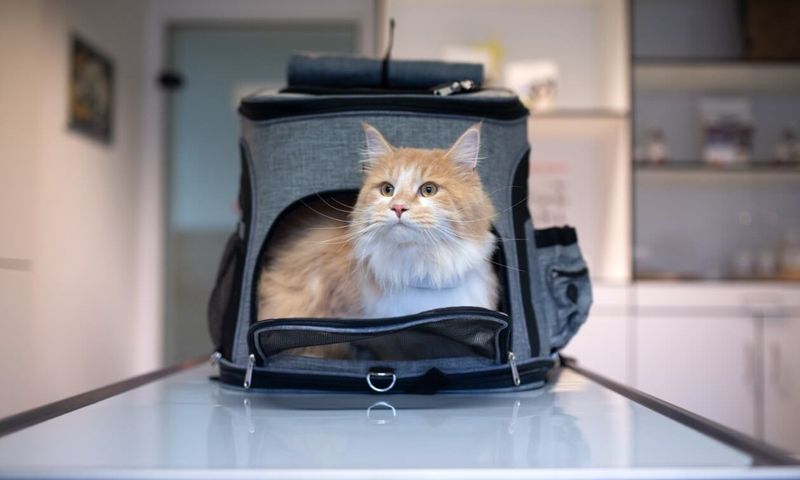
Fancy a road trip? Your miniature companion can travel comfortably in a small carrier that fits under airplane seats or behind car headrests. No struggling to lift heavy carriers or worrying about space constraints.
Many tiny cat owners enjoy bringing their petite pets on adventures that would stress larger felines. Their lightweight bodies make them easier to transport everywhere.
5. Extended Laptime Luxury
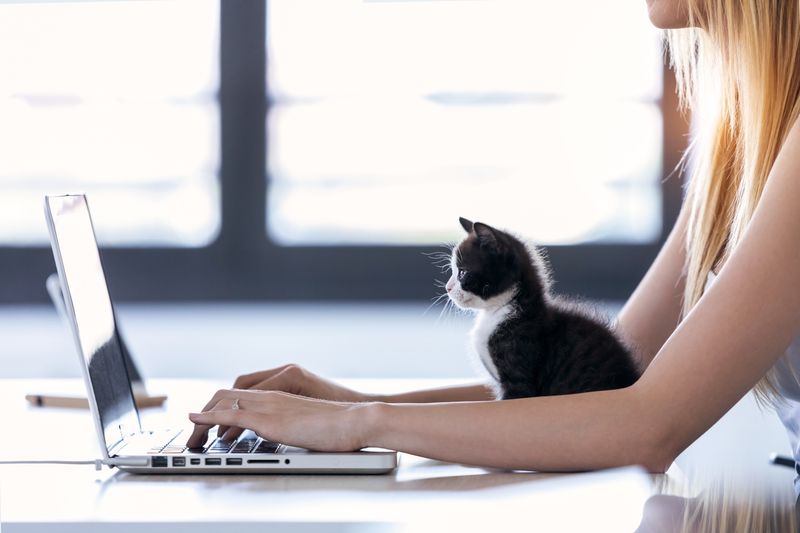
Tiny tabbies can curl up on your lap without causing numbness or discomfort during marathon cuddle sessions. Their lightweight bodies distribute pressure evenly, allowing for hours of uninterrupted bonding time.
Working from home becomes delightful when your miniature friend naps on your keyboard without blocking your entire workspace. Their compact cuddles fit perfectly in life’s small moments.
6. Eternal Kitten Cuteness
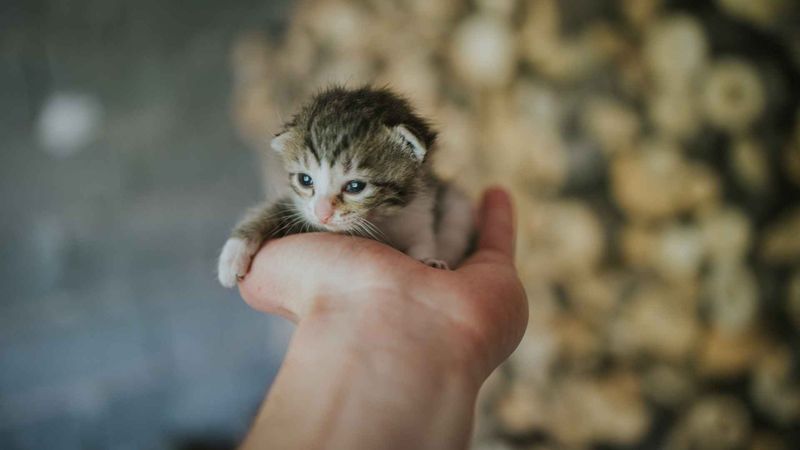
Prepare for perpetual “awws” from visitors! Small cats retain kitten-like features throughout adulthood – big eyes, rounded faces, and playful proportions that trigger our nurturing instincts.
This extended cuteness phase means years of adorable photo opportunities. Your social media followers will never tire of your forever-kitten’s charm, and neither will you!
7. Longer Lifespan Potential

Good things come in small packages – including extra years! Many smaller cat breeds tend to live longer than their larger counterparts. Singapuras and other petite breeds frequently reach 15-20 years of age.
This longevity means more time with your beloved companion. Their compact bodies often develop fewer joint problems and weight-related issues that plague larger cats in their senior years.
8. Frighteningly Fragile Frames

Those delicate bones break more easily! Tiny cats require constant vigilance around doors, reclining chairs, and even your own feet. Their diminutive size makes them vulnerable to injuries from falls or accidental squishing.
Households with rambunctious children or larger pets pose particular risks. You’ll develop a permanent awareness of where your miniature friend might be hiding before you sit or step.
9. Temperature Regulation Troubles
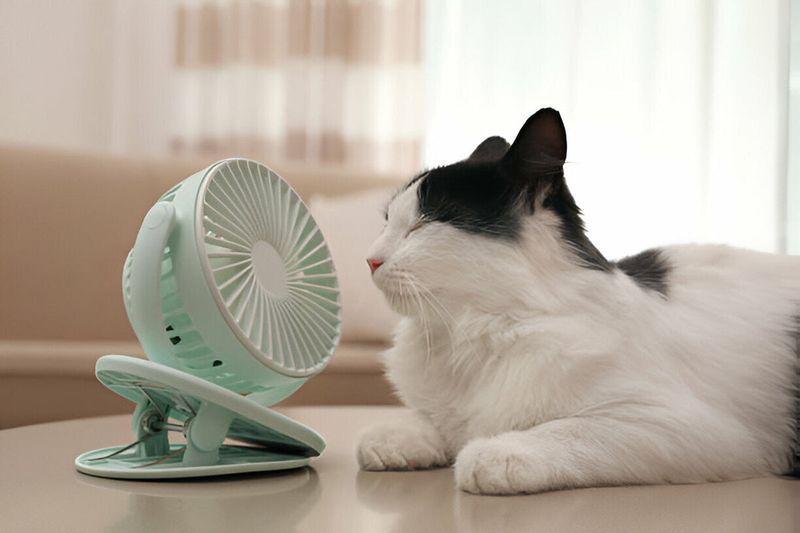
Miniature felines lose body heat rapidly due to their high surface-area-to-volume ratio. Winter months require heated beds, extra blankets, and vigilant monitoring for signs of chilling.
Summer brings opposite challenges – these heat-seeking missiles overheat quickly. Air conditioning becomes non-negotiable during hot spells, and travel plans must account for their temperature sensitivity.
10. Health Complications Carousel
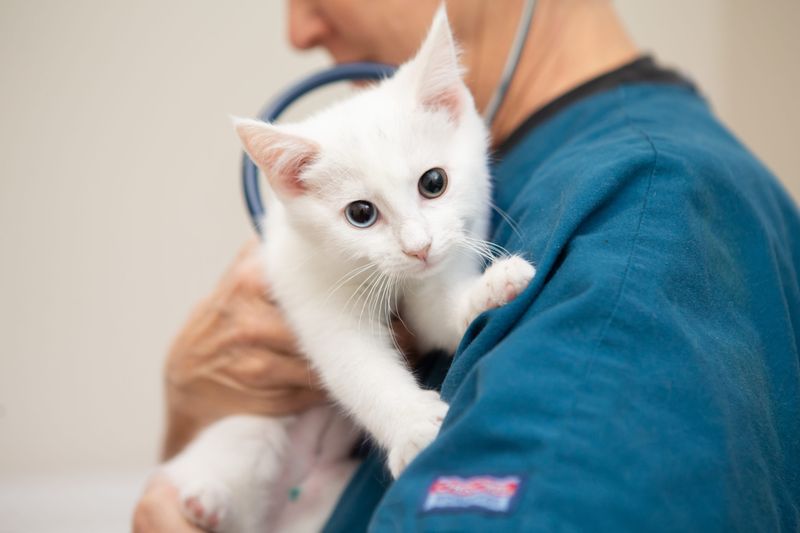
Smaller breeds often face more health challenges than their standard-sized cousins. Heart conditions, dental overcrowding, and metabolic disorders appear more frequently in miniature cats.
Vet bills can multiply quickly with these special needs. Their tiny airways make respiratory infections more serious, and finding medications in appropriate dosages requires specialized veterinary care.
11. Predator Paranoia Problems
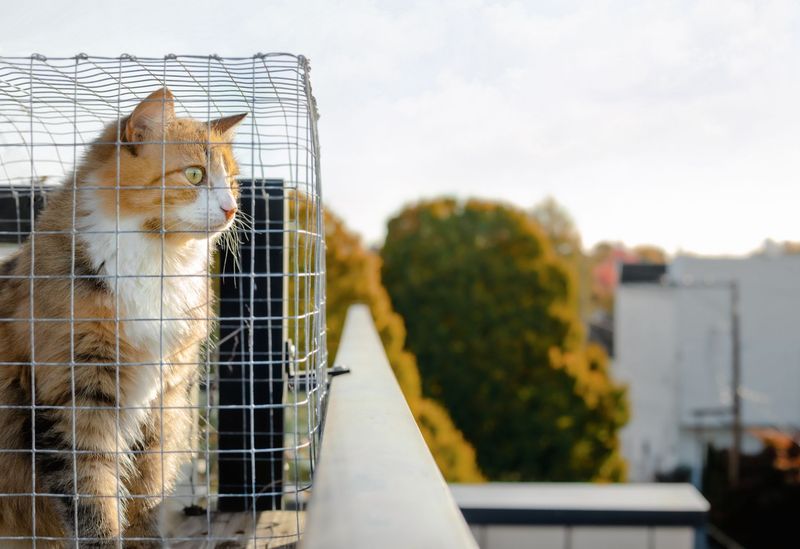
Hawks, owls, coyotes, and even large neighborhood dogs view your tiny companion as a potential snack rather than a pet. Outdoor time becomes a nerve-wracking experience requiring constant supervision.
Many tiny cat owners build enclosed “catios” for safe outdoor experiences. The constant vigilance against predators creates a background stress that standard-cat owners rarely experience.
12. Hiding Havoc Headaches
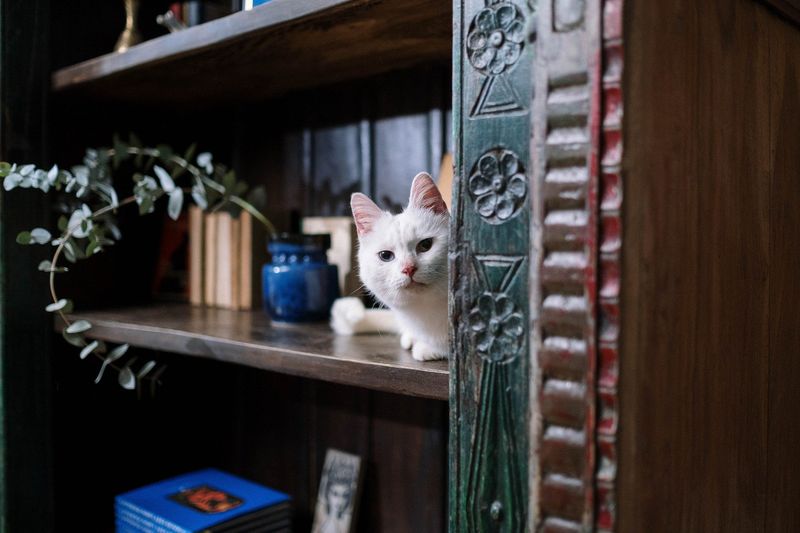
Lost your keys? That’s nothing compared to losing a cat who can squeeze into spaces the size of a soup can! Tiny felines discover hiding spots you never knew existed in your home.
Prepare for frantic searches behind appliances and inside furniture. Their ability to vanish completely creates heart-stopping moments when you can’t locate your miniature explorer despite calling and searching everywhere.
13. Challenging Child Compatibility

Children and tiny cats often mix poorly despite good intentions. Young kids struggle to understand how gently they must handle these delicate creatures, creating constant supervision requirements.
A toddler’s enthusiastic hug can inadvertently injure a miniature cat. Many families find themselves creating elaborate systems of gates and separate spaces to keep their tiny pet safe from loving but dangerous little hands.
14. Expensive Specialty Equipment
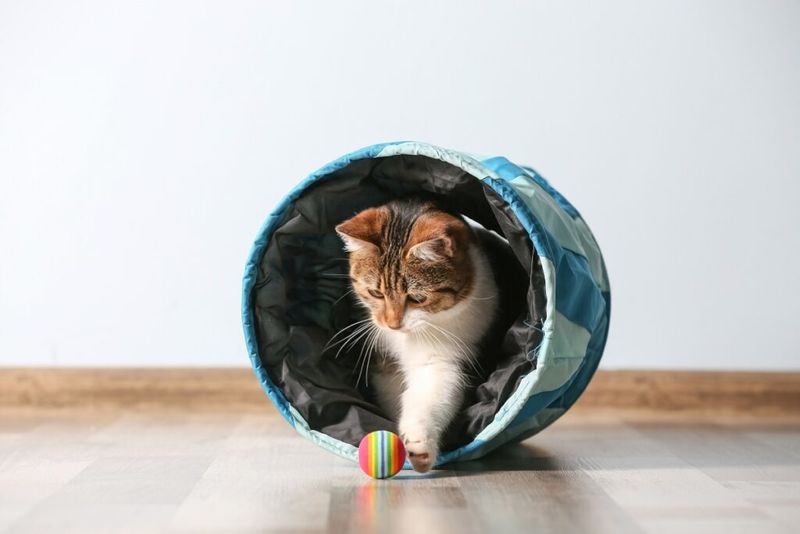
Standard cat products often prove dangerous for miniature felines. Regular collars weigh too much, typical toys may be too large, and standard litter boxes can have sides too tall for tiny legs.
Expect to purchase specially-sized equipment or modify existing items. The market for tiny cat gear remains limited, often requiring custom solutions that increase both cost and shopping complexity.



